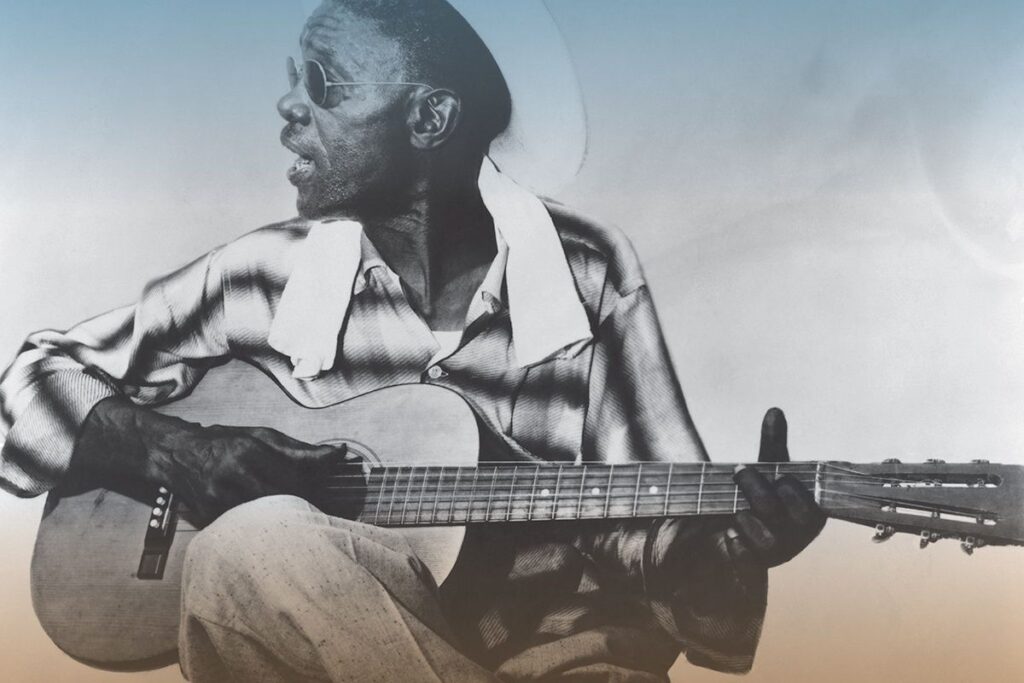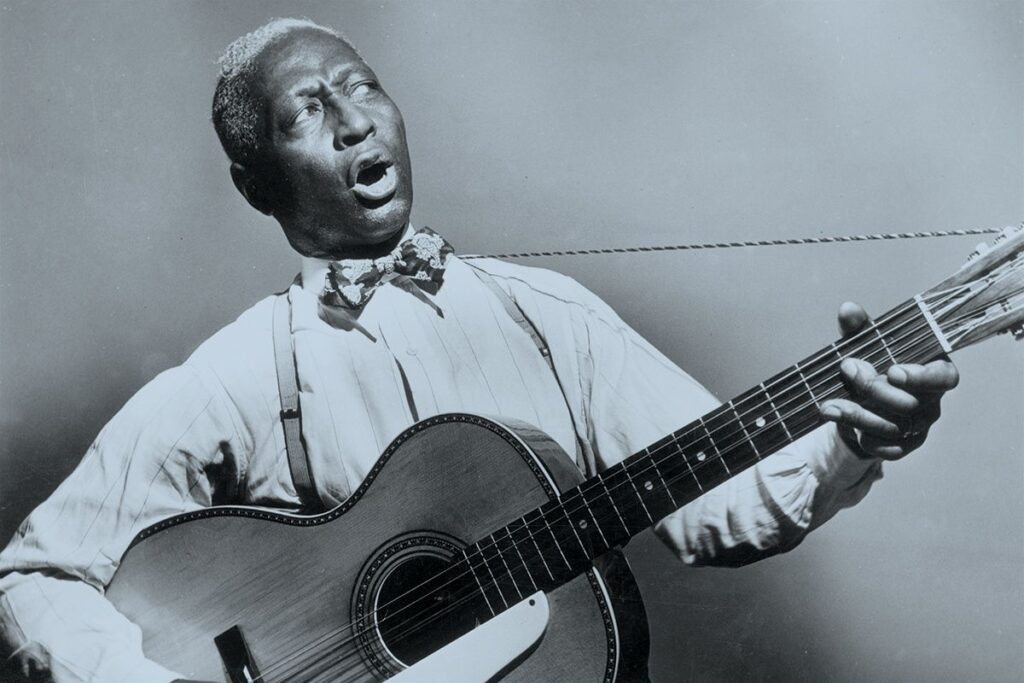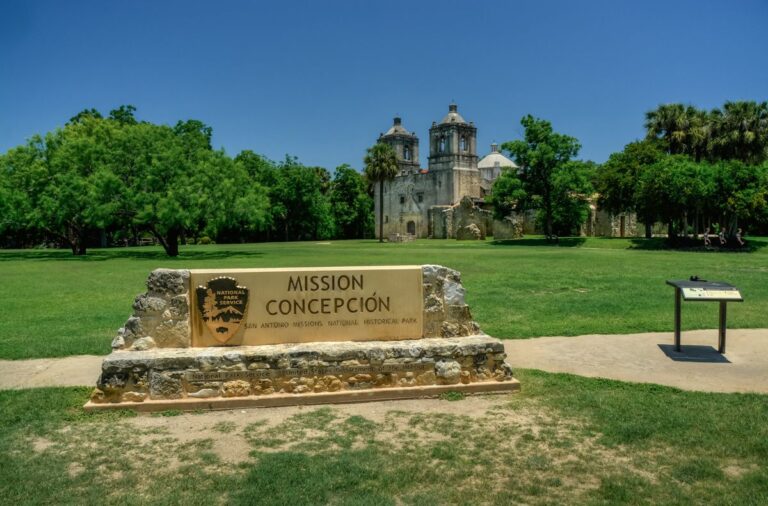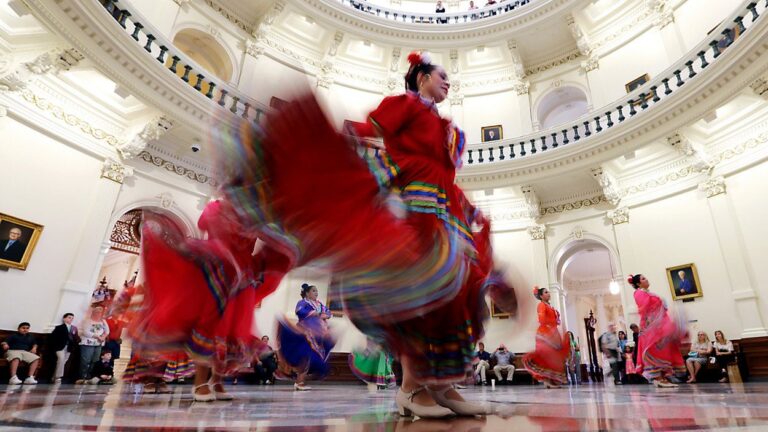Texas Blues: The Cradle of Legendary Musicians
Texas Blues, a distinct and influential subgenre of blues music, has played a pivotal role in shaping the landscape of American music. Known for its electrifying guitar work, rich storytelling, and cultural depth, Texas Blues has been the birthplace of legendary musicians who left an indelible mark on the music industry. From its roots in the early 20th century to its modern-day relevance, Texas Blues continues to captivate audiences worldwide.
In this article, we’ll explore the history, defining characteristics, legendary artists, and enduring legacy of Texas Blues. Whether you’re a longtime blues enthusiast or a curious listener, dive into this journey to understand why Texas Blues is celebrated as the cradle of musical legends.

Source: texascooppower
The Historical Roots of Texas Blues
Texas Blues originated in the rural communities of Texas during the early 1900s, drawing from African American musical traditions. It emerged alongside other regional blues styles, such as Delta Blues and Chicago Blues, but developed its own distinct flavor. Early Texas Blues was heavily influenced by spirituals, field hollers, and work songs, which provided a foundation for its expressive and soulful nature.
With the Great Migration of African Americans from rural areas to cities, Texas Blues transitioned from acoustic performances in small gatherings to amplified sounds in urban clubs and venues. Cities like Dallas, Houston, and Austin became hubs for this evolving musical style, where artists began incorporating swing, jazz, and boogie-woogie elements into their sound.
Legendary Musicians of Texas Blues
The Lone Star State has produced some of the most iconic blues artists in history. Here’s a look at a few of the legends who defined Texas Blues and elevated it to international acclaim:
- Blind Lemon Jefferson
Widely regarded as the “Father of Texas Blues,” Blind Lemon Jefferson was one of the first blues musicians to gain national recognition in the 1920s. His distinctive fingerpicking guitar style and haunting vocals set him apart. Songs like “Matchbox Blues” and “See That My Grave Is Kept Clean” remain influential to this day. - T-Bone Walker
Born in Linden, Texas, T-Bone Walker revolutionized the blues genre with his mastery of the electric guitar. He was among the first to amplify blues guitar, paving the way for modern electric blues. Known for his hit “Call It Stormy Monday (But Tuesday Is Just as Bad),” Walker’s sophisticated playing style inspired countless musicians, including B.B. King and Chuck Berry. - Lightnin’ Hopkins
A master of storytelling, Lightnin’ Hopkins brought a raw and emotional quality to Texas Blues. His improvisational style and deep connection to his roots made him a beloved figure in the blues world. Classics like “Mojo Hand” and “Trouble in Mind” showcase his unmatched ability to convey emotion through music. - Stevie Ray Vaughan
In the 1980s, Stevie Ray Vaughan redefined Texas Blues for a new generation. His fiery guitar solos and soulful voice earned him global recognition, with albums like Texas Flood becoming milestones in blues-rock history. Vaughan’s influence can still be heard in the music of contemporary blues and rock artists. - Freddie King
Known as one of the “Three Kings of the Blues Guitar” alongside B.B. King and Albert King, Freddie King was a Texas Blues powerhouse. His energetic performances and signature fingerpicking style bridged traditional blues with rock and roll, as heard in hits like “Hide Away” and “Have You Ever Loved a Woman.”

Source: texascooppower
Key Characteristics of Texas Blues
What makes Texas Blues stand out from other blues styles is its unique combination of influences and technical brilliance. Here are some defining features of Texas Blues:
- Electric Guitar Prominence
The electric guitar is central to Texas Blues, with intricate solos, smooth licks, and dynamic riffs. Artists like T-Bone Walker and Stevie Ray Vaughan elevated the instrument to new heights. - Jazz and Swing Influences
Unlike the raw, minimalist approach of Delta Blues, Texas Blues often incorporates elements of jazz and swing, resulting in a more polished and rhythmic sound. - Lyrical Storytelling
Texas Blues lyrics are deeply personal and often reflective of life’s struggles, triumphs, and emotional complexities. The storytelling aspect creates a powerful connection with listeners. - Regional Diversity
Texas is a melting pot of cultures, and this diversity is reflected in Texas Blues. It blends rural and urban sounds, drawing inspiration from gospel, Tejano music, and even country.
The Cultural Impact of Texas Blues
The influence of Texas Blues extends far beyond its geographic origins. It has shaped the sound of modern music and inspired artists across genres, including rock, jazz, and country. Iconic figures like Eric Clapton, Jimi Hendrix, and John Mayer have openly cited Texas Blues musicians as major influences on their work.
In Texas itself, the genre remains a vital part of the state’s cultural identity. Cities like Austin, dubbed the “Live Music Capital of the World,” celebrate Texas Blues through live performances, festivals, and local clubs. Landmarks like Antone’s Nightclub in Austin have become pilgrimage sites for blues enthusiasts, hosting both legendary and emerging artists.
Texas Blues Festivals and Events
Texas Blues continues to thrive through festivals and events that showcase its timeless appeal. These gatherings bring together fans, musicians, and cultural enthusiasts to celebrate the genre’s legacy. Notable events include:
- The Austin Blues Festival
Held annually, this festival features performances by renowned blues artists and highlights the enduring spirit of Texas Blues. - Texas Blues Alley Events
This series of workshops and live shows connects fans with the techniques and stories behind Texas Blues, making it a must-visit for aspiring musicians. - Deep Ellum Arts Festival
Located in Dallas’s historic Deep Ellum district, this event celebrates the rich cultural heritage of Texas Blues through live music, art, and community engagement.
Keeping the Legacy Alive
The legacy of Texas Blues is carried forward by contemporary musicians who honor the tradition while infusing it with modern elements. Artists like Gary Clark Jr., Sue Foley, and Doyle Bramhall II are among those keeping the spirit of Texas Blues alive. Their work not only pays homage to the genre’s roots but also ensures its relevance for future generations.
Moreover, educational initiatives, such as music schools and workshops, are dedicated to preserving the techniques and history of Texas Blues. These efforts aim to inspire a new wave of artists and listeners to embrace this iconic style.
Conclusion: The Timeless Appeal of Texas Blues
Texas Blues stands as a testament to the power of music to transcend time and place. Its unique blend of heartfelt storytelling, technical mastery, and cultural richness has made it one of the most influential genres in music history. From the pioneering work of Blind Lemon Jefferson to the global impact of Stevie Ray Vaughan, Texas Blues continues to inspire and captivate audiences around the world.
Whether you’re exploring its history, attending a blues festival, or simply listening to classic tracks, Texas Blues offers a journey into the soul of American music. As new artists take up the mantle, the genre’s future remains as bright as its storied past.





















